
Become a member
Join today and help protect nature, beauty and history – for everyone, for ever. Enjoy access to more than 500 places with National Trust membership.
A coastal nature haven for wildlife and people
National Trust Formby Countryside Office, Blundell Avenue, Formby, Liverpool, L37 1PH

| Asset | Opening time |
|---|---|
| Beaches | Open all day |
| Lifeboat Road car park | 09:00 - 16:00 |
| Victoria Road beach car park | Closed |
| Countryside | Open all day |
| Lifeboat Road toilets | 10:00 - 15:30 |
| Victoria Road toilets | Closed |
| Victoria Road woodland car park | Closed |
| Ticket type | With Gift Aid | Without Gift Aid |
|---|---|---|
| Car | £8.50 |
| Ticket type | With Gift Aid | Without Gift Aid |
|---|---|---|
| Coach | £75.00 |
| Ticket type | With Gift Aid | Without Gift Aid |
|---|---|---|
| Horse box | £20.00 |
| Ticket type | With Gift Aid | Without Gift Aid |
|---|---|---|
| Mini bus | £20.00 |
| Ticket type | With Gift Aid | Without Gift Aid |
|---|---|---|
| Car | £8.50 |
Accessible toilet and mobility car park spaces, at Lifeboat Road. Accessible paths in some woodlands and throughout the asparagus trail. Beach access via hardstanding path and boardwalk from Lifeboat Road car park. Free parking and designated spaces near paths for Blue Badge holders. Please note the Victoria Road car park and toilets are closed until spring 2026 for a major conservation project - no pedestrian access through the work site area. For more information please download the access guide below. This guide aims to provide clear, useful information to help people know more about what to expect when travelling to and exploring National Trust Formby, particularly for those with additional needs.
National Trust Formby Countryside Office, Blundell Avenue, Formby, Liverpool, L37 1PH
Formby beach car park closed until spring 2026 for a major conservation project. Please avoid travelling to us by car on sunny days. Find out more about the work involved in this project and impact on your plans to visit.
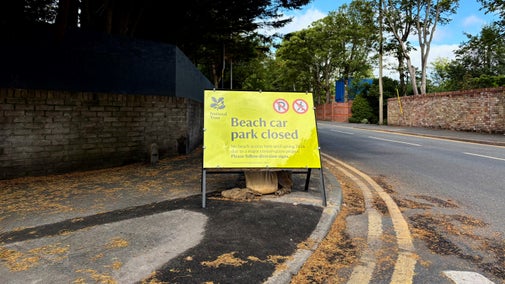
Pre-booking is essential when visiting Formby as a school or group; discover everything you need to know about how to book a group visit, where to park and about education group memberships.

Horses are welcome at Formby. Find out all your need to know about riding your horse on the beach or through the woodlands.

We have five sand wheelchairs available at Formby for you to book in advance and borrow for free.

A coastal nature haven with some of Europe’s best sand dune habitats, where many rare species, including natterjack toads, thrive.
Formby’s coastline is home to many rare species, two shipwrecks and prehistoric footprints. Can you spot a red squirrel in the trees or footprints on the shoreline?

Get active, connect with nature and enjoy the great outdoors at Formby including walking, cycling and orienteering. Find out more.
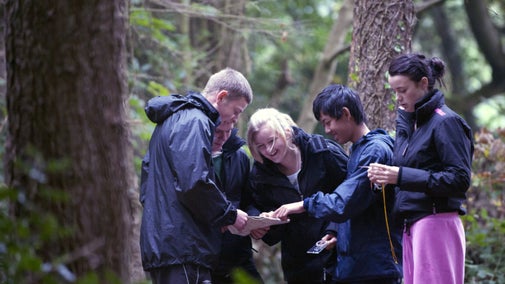
Horses are welcome at Formby. Find out all your need to know about riding your horse on the beach or through the woodlands.

Dogs are welcome at Formby, which is a one pawprint rated place. Find out all you need to know about exercising your pups on the sandy beaches and acres of woodland.

Pre-booking is essential when visiting Formby as a school or group; discover everything you need to know about how to book a group visit, where to park and about education group memberships.

We have five sand wheelchairs available at Formby for you to book in advance and borrow for free.

Sorry, there are no upcoming events at this place
Discover some of North West Europe’s most important sand dune habitats, where many rare species including natterjack toads thrive. Rich in history, visitors can catch glimpses of the past from spotting pre-historic footprints and shipwrecks to strolling through what was once acres of asparagus fields. Formby’s sweeping pinewoods are also home to the iconic red squirrel. Sunny days and holidays can be busy so you may decide you’ll enjoy your visit more on a quieter day.
Formby is steeped in history if you know where to look. Discover the history of Formby’s asparagus fields, prehistoric footprints and shipwrecks.

Find out more about a major conservation project happening at Formby this year and the impact on your plans to visit.
Discover how we’re working with fantastic volunteers to create healthier habitats for wildlife at Wicks Lake and improve this special spot for people to enjoy.

Formby is one of the fastest changing stretches of coastline that we care for. Discover how the team are working with nature to protect rare habitats and wildlife.
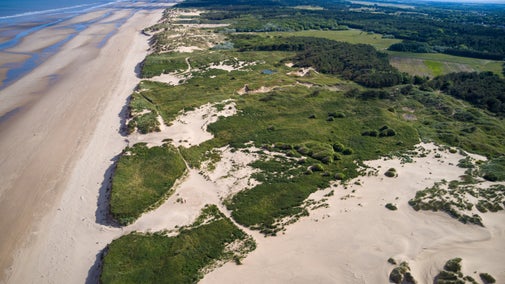
The woodlands at Formby provide important habitats for a wide variety of wildlife. Find out more about our woodland management plan and conservation work happening this autumn and winter.

Find out more about how natural sand dune movement is impacting the caravan site at Victoria Road, Formby.

We're creating new woodlands and more diverse nature-rich habitats on 78 hectares of land in the Lunt area of Sefton. Find out more about this on-going project.
Explore how dedicated volunteers help to keep Formby thriving through all seasons, how you can get involved and what’s in it for you.
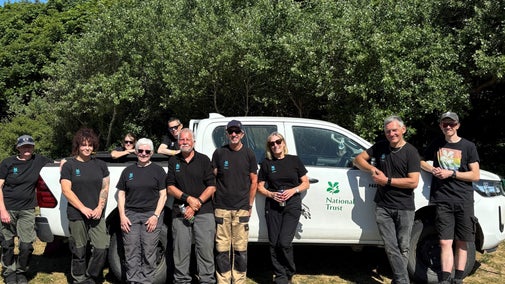
Catch up on all the latest news at NT Formby including the work we've been doing with regular volunteers to care for and maintain this special place.
Find out about the supporter groups you can join in Liverpool and Lancashire including the Bolton Association, Ormskirk and District Association and the Southport and Formby Association.
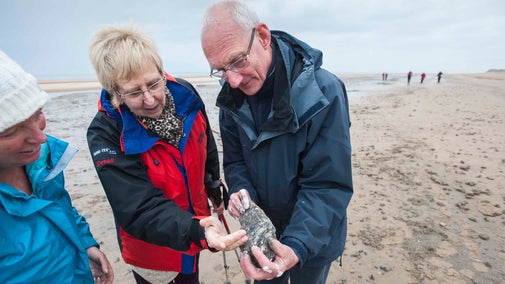

Join today and help protect nature, beauty and history – for everyone, for ever. Enjoy access to more than 500 places with National Trust membership.
By sharing your email address you’re agreeing to receive marketing emails from the National Trust and confirm you’re 18 years old or over. Please see our for more information on how we look after your personal data.